Yomari Punhi is a harvest celebration that carries a huge cultural significance among the Newar community of Nepal. The centuries-long practice of making this sweet delicacy is highly popular and culturally holds some attributes.
Yomari is prepared during the time of harvest as it embarks the celebration and gets together among the family and relatives. The fresh rice sweetmeat is prepared by using fresh rice flour and some stuffing of Chaku, a concentrated sugarcane juice, and condensed milk. The festival gets its name Yomari from Newari language which means fresh harvest sweetmeat.
The Newars of Kathmandu valley extend their worship to the goddess of grains, Annapurna. It is mainly observed on full moon day. The legends state that Suchandra and Krita, an espoused couple, initially experimented making Yomari from the fresh yield of rice at the present day Panauti in ancient times.
The shape taken by the delicacy turned out to be Yomari. The new delicacy then distributed among the villagers and it got popularity emerging to the culture of Newars. The food was liked by the villagers and named Yomari. The literal translation of Yomari in the Newari language is sweet bread.
Yomari Punhi Celebration
The celebration begins with some inauguration procedures and worship in the main Yomari Punhi, the full moon day. People share their happiness and gather and play games on this day. Groups of kids go to the neighborhood and sing a song.
योमरी च्वामु उकी दुने हाकु ।
Yomari chwamu uki duney haaku
[Yomari is sharp. Inside it, sesame seeds]
ब्युसा ल्यासे मब्युस बुढी कुटी ।
Byusa Lyasey Mabyusa Budi Kuti
[One who gives Yomari is young and pretty, else is old and ugly]
Children in the Newar community sing this song while visiting other people in the society in the evening. Sacred masked dances are also performed in the evening in the villages of Harisiddhi and Thecho at the southern end of the valley.
How to Prepare Yomari?
The Yomari is prepared using the dough of new harvest rice flour, the dough then shaped like fig and stuffed with molasses and sesame seeds, and some times, the Khuwa (condensed milk) is also used to fill inside the dough.
The prepped Yomari is then steamed and eaten. This delicacy is one of the major items in the Newar kitchens. This post-harvest celebration is highly popular in Nepal, especially in Newar communities.
Yomari Ingredients
Basically the Yomari comprises Chaku, Pulses, Khuwa, and Aakhe. The Yomari can be divided into four types.
-
Chaku Stuffing: This is the Yomari with Chaku stuffing inside the rice flour dough.
-
Pulse Stuffing: This is the Yomari with Pulse (Maas ko daal) stuffing inside.
-
Khuwa Filling: In this Yomari, Khuwa (condensed milk) is stuffed inside.
-
Aakhe Filling: It is without any major stuffing but some kind of seed is stuffed to offer to gods and goddesses. It can be distributed as Prasad.
Though the trend of having this delicacy, originated from Newa community, it is popular all over Nepal. People from every community try the taste of Yomari.
Importance of Yomari Punhi
Yomari Punhi is one of the major festivals of Newars of Kathmandu valley. It is widely popular and venerated by the Newars. Yomari is sometimes compared to the mother goddess- earth.
The two sides are regarded as the North and South pole. Moreover, the stuffing is regarded as an almighty god. There is also a tradition of making a garland of Yomari. The garland of Yomari is given to the kids of 2, 4, 6, 8, 10 and 12 years old.
The Yomari Punhi is the cultural celebration of Newars in Kathmandu valley. It is also believed that whosoever prepares Yomari on the full moon day of Marga Shukla Purnima will be blessed with wealth and prosperity. Newars are also the inhabitants of Kathmandu and the rich cultural practices are very wonderful.
Related Article: Newari Cuisine








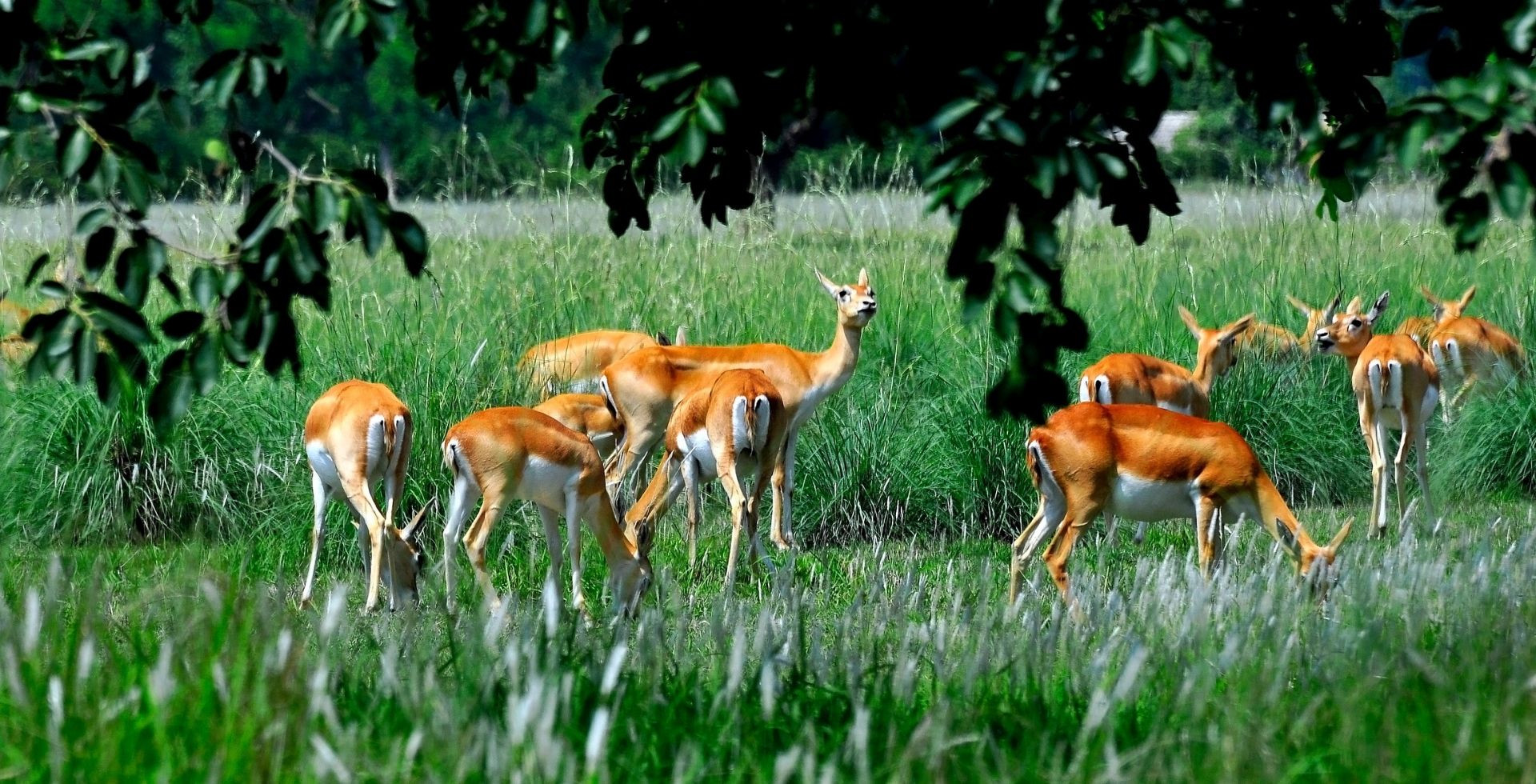
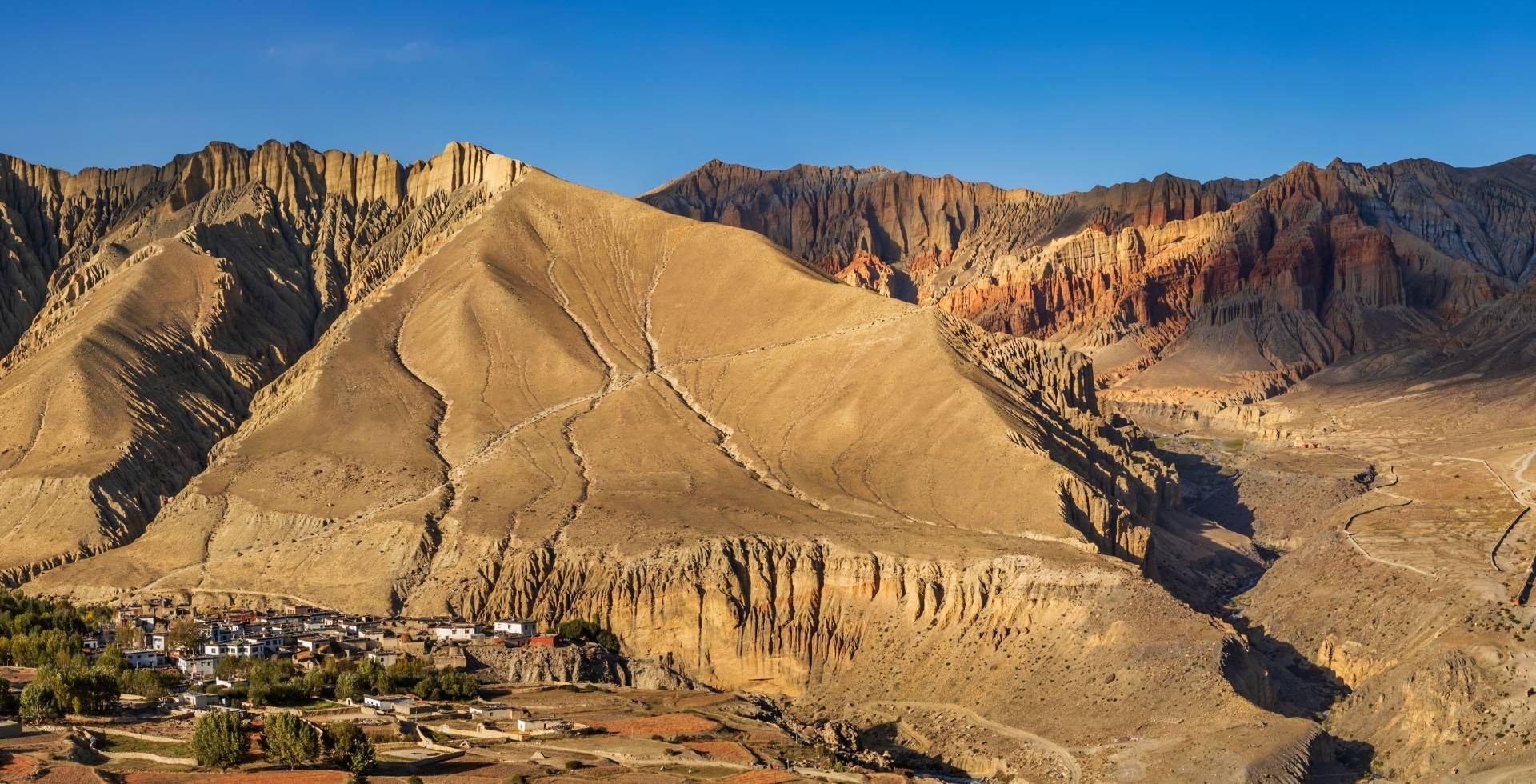

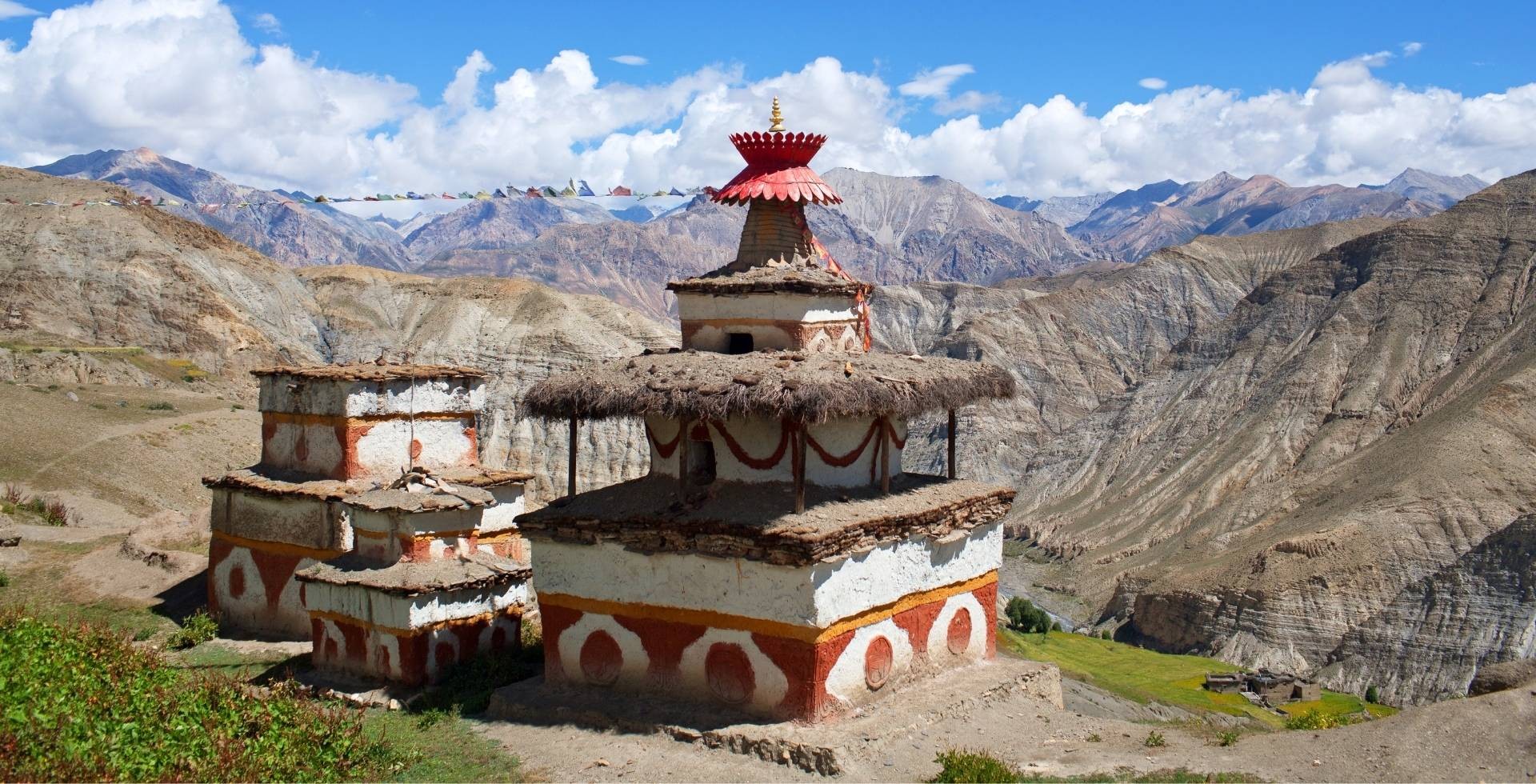
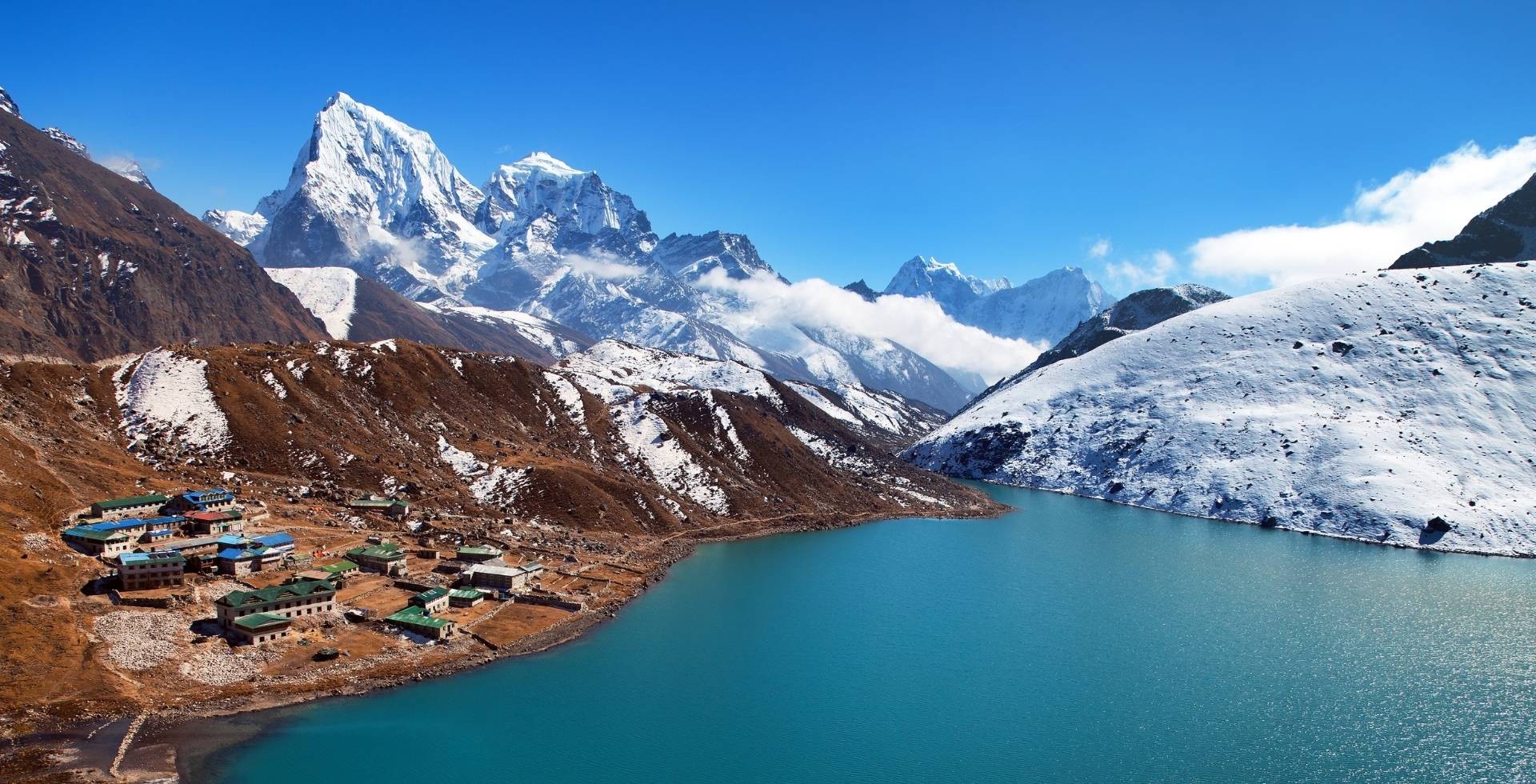
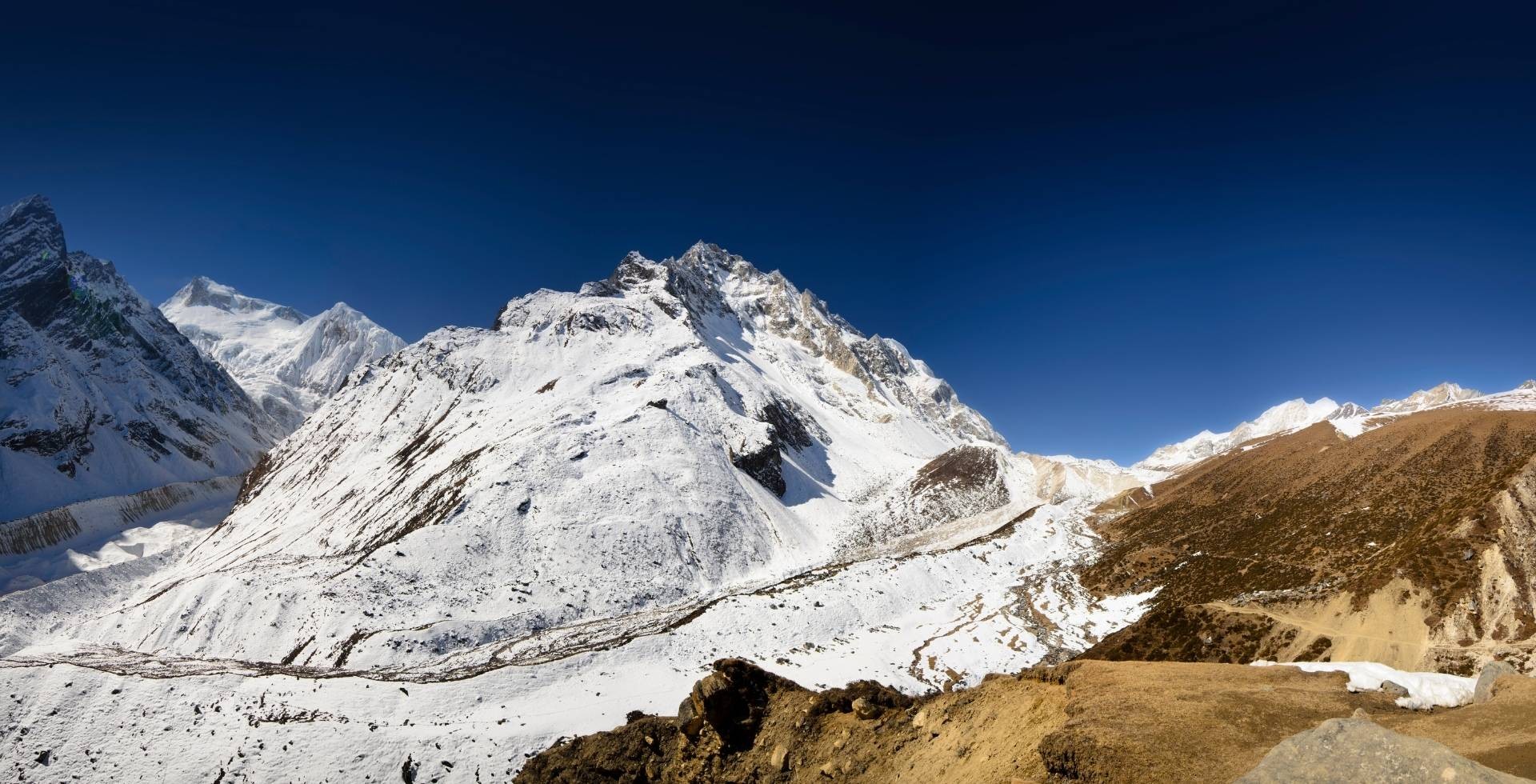
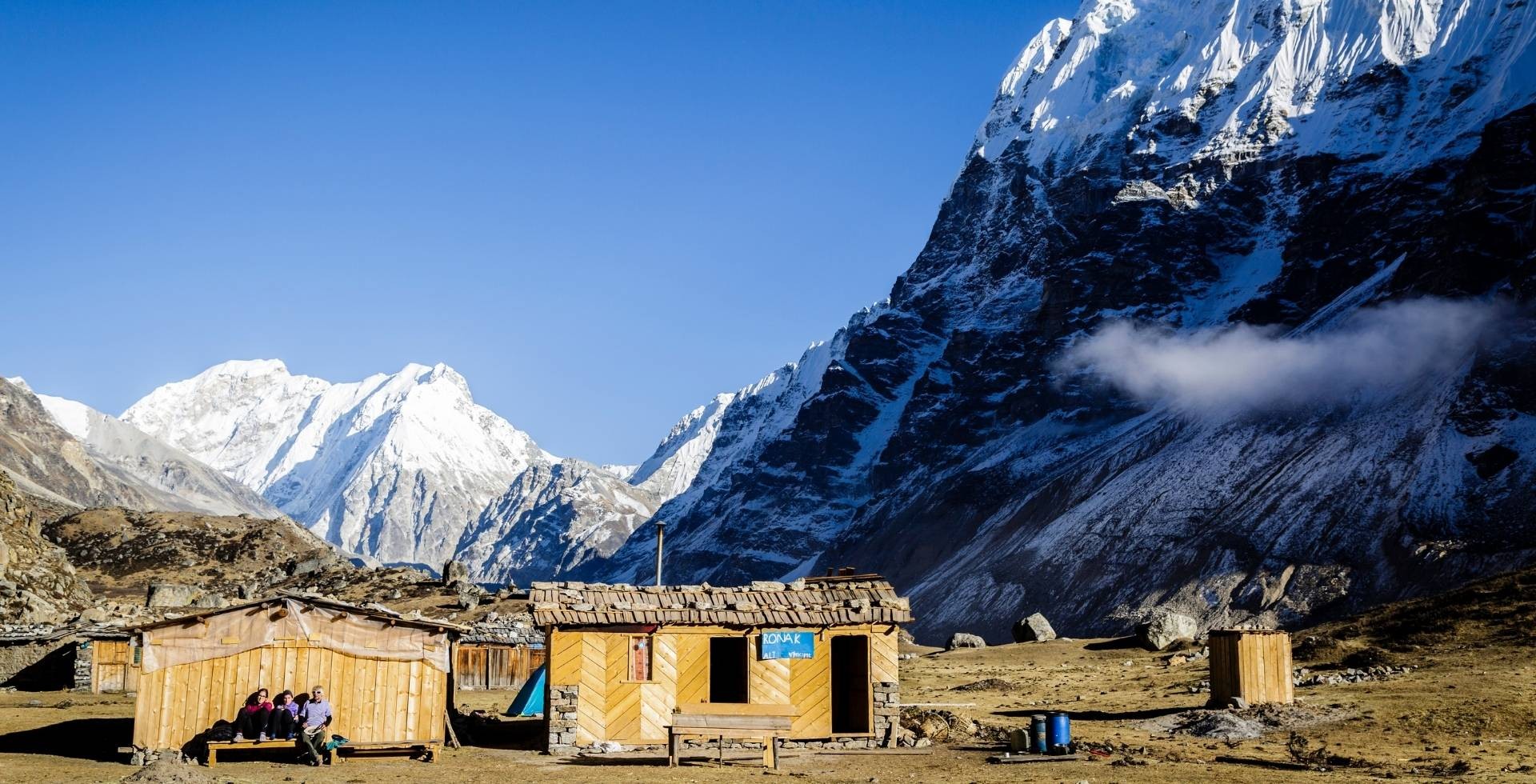
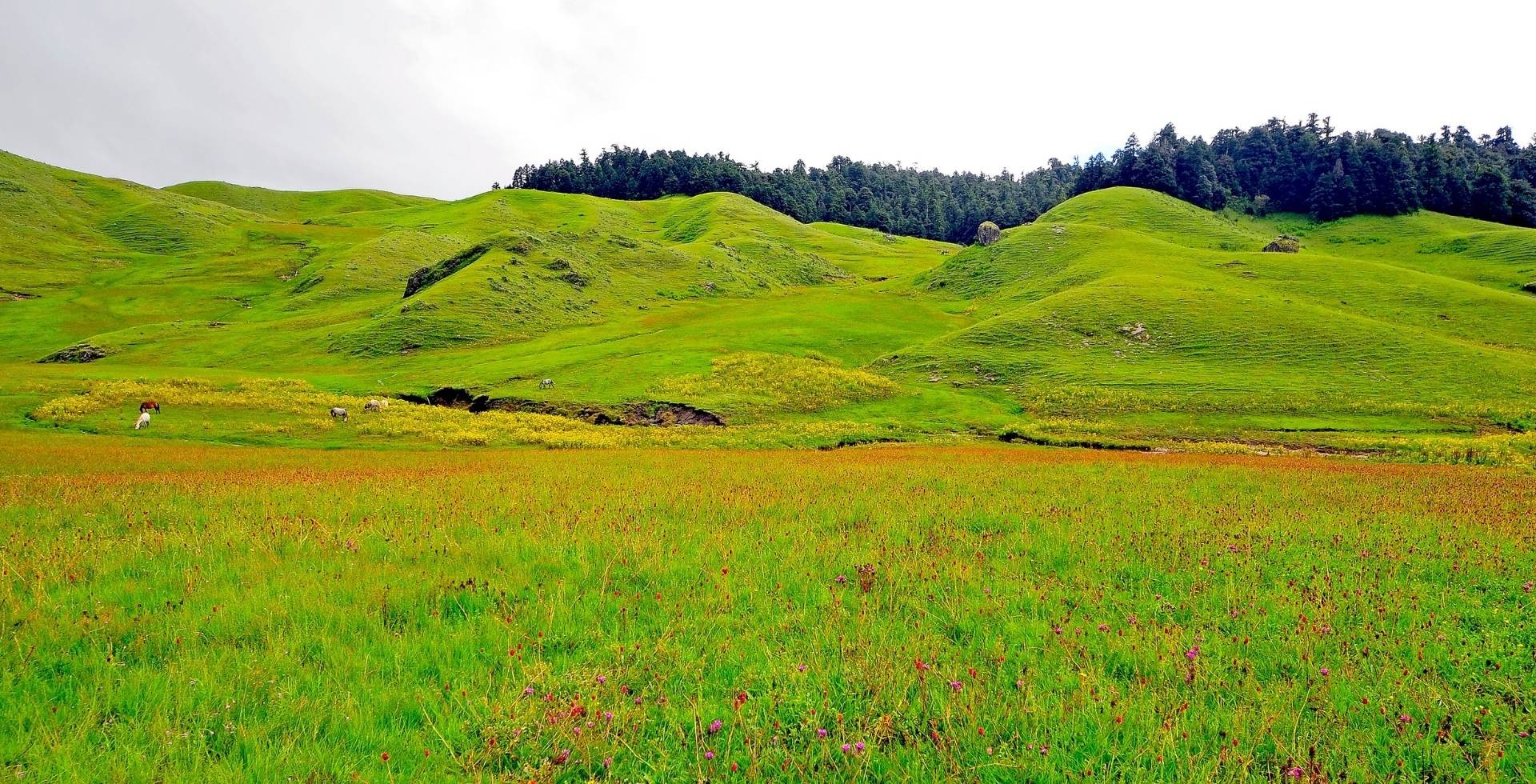
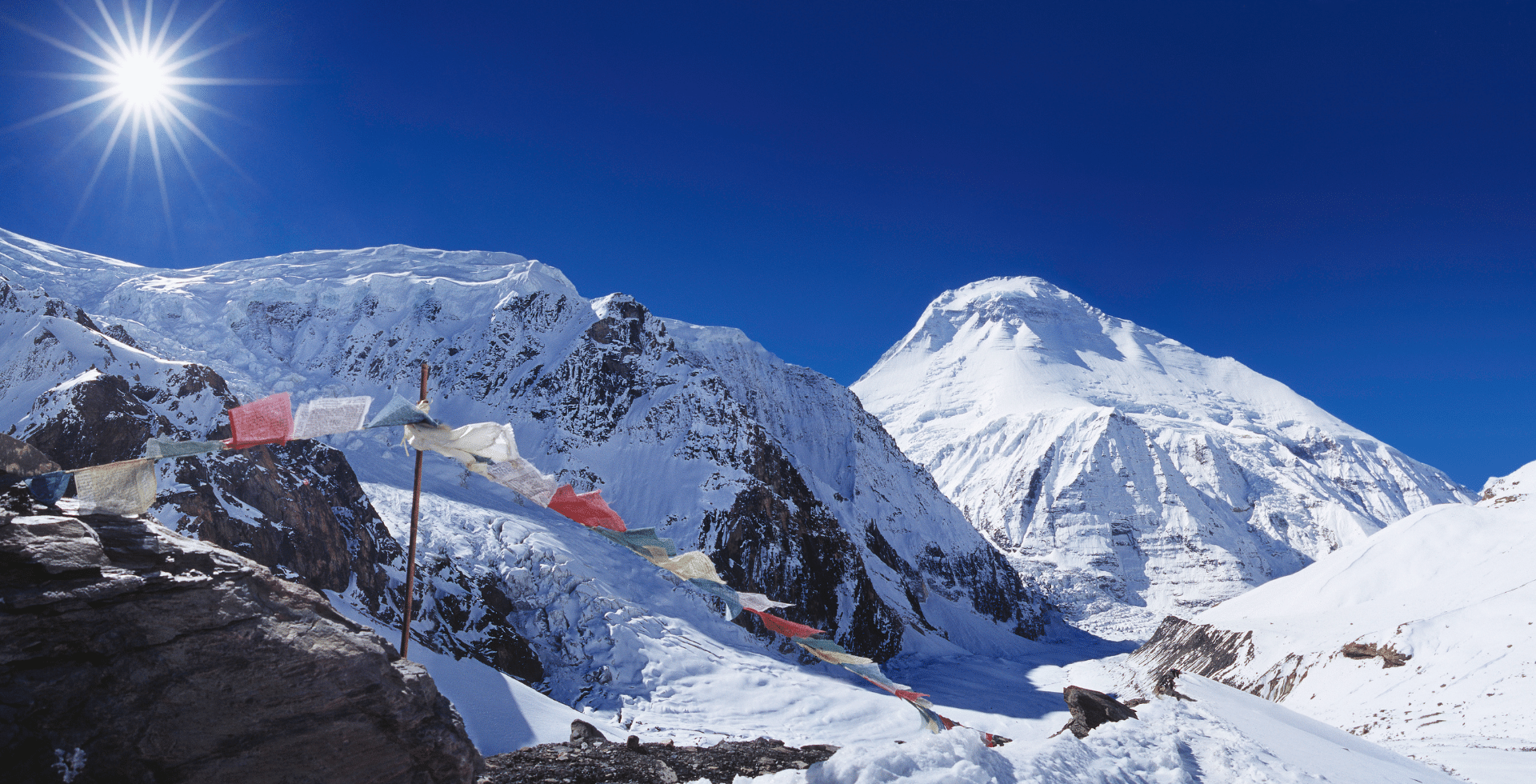

 Deepak Raj Bhatta
Deepak Raj Bhatta